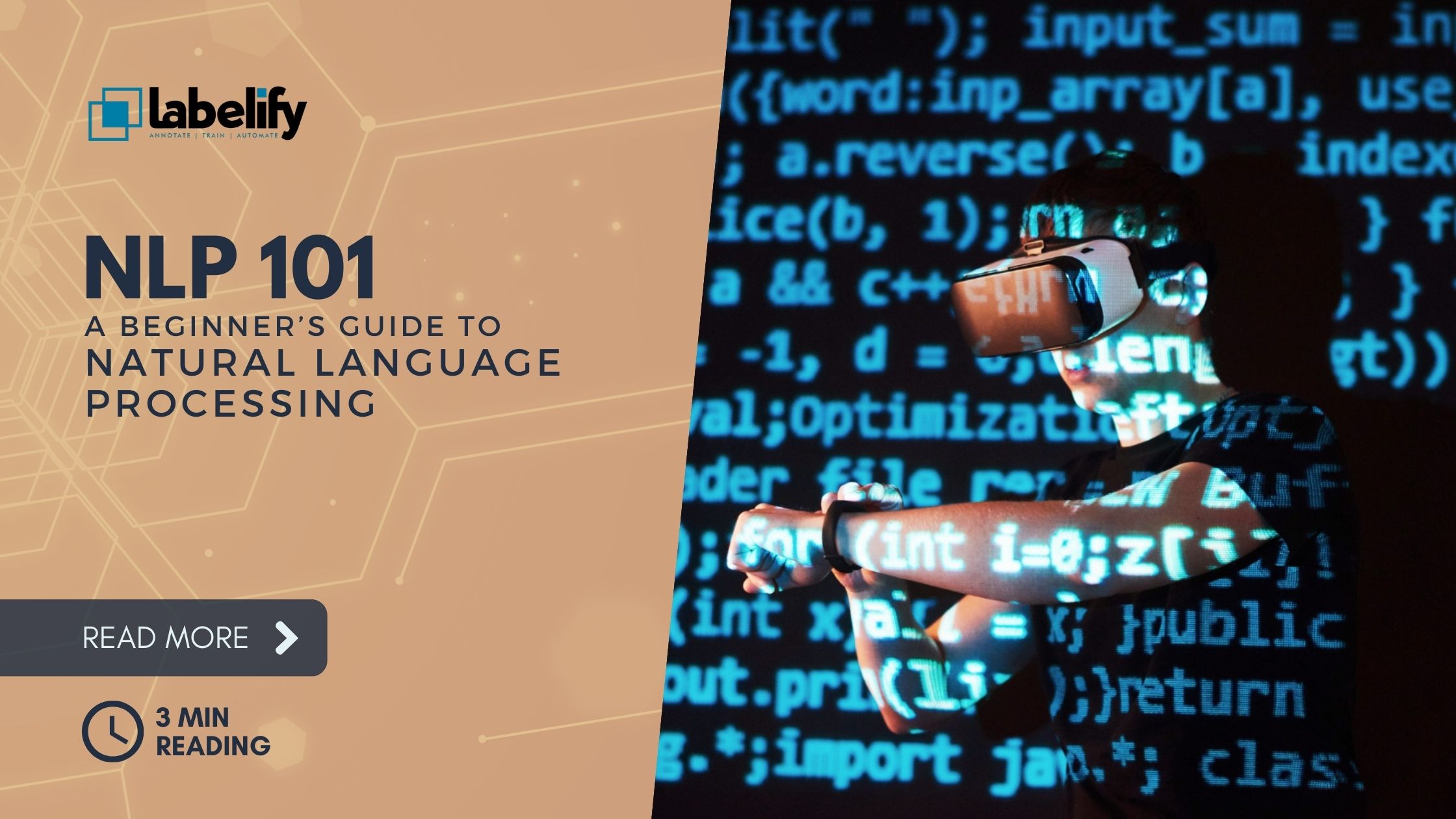We're thrilled to explore the fascinating field of Natural Language Processing (NLP) with you.
In this article, we'll delve into the techniques and use cases that make NLP such a powerful tool. By analyzing vast amounts of data, computers can understand and derive meaning from human language, revolutionizing industries and providing personalized experiences.
However, NLP faces challenges in comprehending complex languages and detecting context.
Join us as we uncover the power and potential of NLP in liberating communication.
Key Takeaways
- NLP is a branch of AI that helps computers understand and derive meaning from human language.
- Data pre-processing is an essential step in NLP, involving the sorting and cleaning of data to make it understandable to algorithms.
- NLP has various applications in fields such as invoice analysis, clinical documentation, talent recruitment, customer experience, and chatbots.
- There are several open-source NLP libraries available, such as Stanford CoreNLP, Apache OpenNLP, NLTK, SpaCy, and Gensim.
NLP Basics and Fundamentals
In this article, we'll explore the basics and fundamentals of Natural Language Processing (NLP).
NLP involves the annotation of data and the evaluation of NLP models. Data annotation is essential as it provides structure to unstructured data. Through annotation, NLP models can learn patterns and extract features from textual data.
NLP techniques include data pre-processing, such as tokenization and part-of-speech tagging, which make the data understandable to algorithms. NLP algorithms can be categorized into syntactic and semantic approaches, focusing on tasks like stemming and named entity recognition.
NLP has various use cases, from invoice analysis to personal voice assistants. Open-source NLP libraries like Stanford CoreNLP and NLTK are widely used for NLP tasks.
However, building NLP models comes with challenges, including understanding language complexities and continuously updating models to keep up with evolving language patterns.
Techniques for NLP Data Pre-processing
We use a variety of techniques for NLP data pre-processing. These techniques are crucial for ensuring the quality and accuracy of the data that NLP algorithms work with.
Here are five techniques that play a significant role in data pre-processing:
- Data cleaning: This involves removing irrelevant or noisy data, such as special characters, punctuation, and HTML tags, to improve the overall quality of the text.
- Text normalization: This technique aims to transform text into a standard or canonical form, making it easier for algorithms to understand and process. It includes tasks like converting text to lowercase, removing stop words, and handling abbreviations or acronyms.
- Tokenization: This technique involves breaking down text into smaller units, such as words or sentences, to facilitate further analysis and processing.
- Part-of-speech tagging: This technique assigns grammatical tags to each word in a sentence, allowing algorithms to understand the role and function of words in a given context.
- Lemmatization: This technique reduces words to their base or root form, enabling algorithms to treat different forms of the same word as a single entity.
Syntactic Approaches in NLP
Syntactic approaches in NLP involve analyzing the structure and grammar of sentences to identify patterns and relationships between words. These approaches utilize techniques such as syntactic parsing and morphological segmentation to gain insights into the syntactic structure of a sentence.
Syntactic parsing helps in understanding the hierarchical relationships between words, while morphological segmentation focuses on breaking down words into meaningful units. By examining the syntax and morphology of sentences, NLP models can uncover valuable information about language patterns and improve their understanding of human communication.
These approaches contribute to the development of more accurate and efficient NLP algorithms, enabling them to handle complex language structures and assist in various applications such as information extraction, sentiment analysis, and machine translation.
Semantic Approaches in NLP
Continuing our exploration into the realm of natural language processing, let's now delve into the domain of semantic approaches. In this exciting field, we encounter innovative techniques that liberate language from ambiguity and empower machines to generate human-like text.
Here are five incredible aspects of semantic approaches that will ignite your imagination:
- Word Sense Disambiguation: Unravel the multiple meanings of words and guide machines to choose the most appropriate interpretation.
- Natural Language Generation: Witness the birth of machines that can't only understand language but also generate human-like text, opening doors to creative possibilities.
With these semantic approaches, we're on the brink of a new era where machines comprehend language with precision and generate text that rivals human expression. The boundaries of communication are expanding, and the liberation of language is within our grasp.
Real-world Use Cases of NLP
Moving forward into the realm of real-world applications, let's explore the diverse use cases of NLP. NLP has revolutionized automated customer support, enabling businesses to efficiently handle customer inquiries and provide timely solutions. By analyzing social media sentiment, NLP empowers companies to gain valuable insights into customer opinions, helping them make informed decisions and improve their products or services. To provide a deeper understanding, we have summarized two key use cases of NLP in the table below:
| Use Case | Description |
|---|---|
| Automated Customer Support | NLP-powered chatbots and virtual assistants can handle customer queries and provide accurate and timely responses, enhancing the customer experience. |
| Sentiment Analysis in Social Media | NLP algorithms can analyze social media posts to determine the sentiment behind them, allowing businesses to gauge public opinion and tailor their marketing strategies accordingly. |
These use cases demonstrate the transformative power of NLP in automating customer support and extracting valuable insights from social media sentiment. With NLP, businesses can enhance customer satisfaction and make data-driven decisions, ultimately driving growth and success.
Popular Open-source NLP Libraries
To dive into the realm of open-source NLP libraries, let's explore some popular options that can greatly aid in natural language processing tasks. Here are five remarkable libraries that empower you to harness the power of NLP:
- Stanford CoreNLP: This library is known for its robustness and offers features like sentiment analysis, part-of-speech tagging, and named entity recognition. It's widely used for processing large amounts of data.
- Apache OpenNLP: Built on machine learning techniques, this toolkit excels in natural language text processing. It enables tasks such as tokenization, named entity recognition, and language detection.
- NLTK (Natural Language Toolkit): This widely used library provides an extensive range of NLP functionalities, including tokenization, stemming, and parsing. It's known for its simplicity and ease of use.
- spaCy: Renowned for its speed and efficiency, spaCy offers advanced NLP capabilities like named entity recognition and dependency parsing. It's a go-to choice for processing large-scale data.
- Gensim: Designed specifically for topic modeling and document similarity analysis, Gensim allows you to extract meaningful insights from text data efficiently.
When comparing NLP libraries and integrating them into your projects, consider the unique features and strengths each library brings to the table. Choose the one that aligns best with your specific NLP requirements and liberate the potential of natural language processing.
Challenges in NLP Model Development
Developing NLP models presents several challenges that require careful consideration. Two specific challenges that need to be addressed are handling sarcasm and improving language patterns. Sarcasm is a form of communication where the intended meaning is different from the literal interpretation. NLP models often struggle with detecting sarcasm due to its contextual nature and the absence of explicit cues. Improving language patterns is another challenge in NLP model development. Languages evolve over time, with new words, slang, and cultural nuances emerging. NLP models need continuous updates and improvements to keep up with these evolving language patterns. By addressing these challenges, we can enhance the accuracy and effectiveness of NLP models in understanding and deriving meaning from human language.
| Challenges | Description | Solution |
|---|---|---|
| Handling Sarcasm | NLP models struggle with detecting sarcasm due to its contextual nature and absence of explicit cues. | Develop algorithms that can analyze contextual cues and linguistic patterns to identify sarcasm. |
| Improving Language Patterns | Languages are constantly evolving with new words, slang, and cultural nuances. NLP models need to adapt to these changes. | Regularly update NLP models with new data and train them on the latest language patterns to ensure accuracy. |
Continuous Improvement and Updates in NLP
We prioritize the ongoing enhancement and refinement of Natural Language Processing (NLP) models through continuous updates and improvements. In the rapidly evolving field of NLP, continuous learning is essential to keep up with advancements in language modeling.
Here are five reasons why continuous improvement in NLP is crucial:
- Stay ahead of language evolution: By continuously updating NLP models, we ensure they can understand and interpret the latest linguistic trends and changes in language usage.
- Enhance accuracy and performance: Through regular updates, we can fine-tune NLP models to improve their accuracy and overall performance in various language-related tasks.
- Adapt to user needs: Continuous improvement allows us to incorporate user feedback and address specific needs and challenges faced by individuals, resulting in a more personalized and effective NLP experience.
- Keep up with emerging technologies: As new technologies and techniques emerge, continuous improvement ensures that NLP models can leverage these advancements to provide better language understanding and processing capabilities.
- Drive innovation in language understanding: By continuously pushing the boundaries of NLP, we can unlock new possibilities and drive innovation in areas such as machine translation, sentiment analysis, and natural language generation.
Through continuous learning in NLP and advancements in language modeling, we strive to liberate the potential of human language and empower individuals with more intuitive and intelligent interactions with technology.
Frequently Asked Questions
What Are the Main Steps Involved in NLP Data Pre-Processing?
In NLP data preprocessing, the main steps involve sorting and cleaning data to make it understandable to algorithms.
Techniques like tokenization, part-of-speech tagging, and lemmatization are used to enhance language complexity handling.
These steps help in organizing and structuring unstructured data, enabling NLP models to extract features and learn patterns.
How Can NLP Algorithms Handle the Complexity of Languages, Including Slang and Cultural Nuances?
Handling language complexities, including slang and cultural nuances, is a challenge for NLP algorithms. However, advancements in NLP techniques have allowed for better understanding and interpretation of language variations.
Sentiment analysis in social media has played a significant role in this, as it helps capture the nuances and emotions expressed in text.
What Are Some Real-World Use Cases of NLP in Talent Recruitment?
Real-world use cases of NLP in talent recruitment include:
- Real-time sentiment analysis to assess candidate emotions during interviews
- Automated resume screening to quickly filter through large volumes of applications
These applications of NLP revolutionize the recruitment process by improving efficiency and accuracy. By harnessing the power of NLP, companies can make data-driven decisions and find the right candidates for their organizations, leading to a more inclusive and diverse workforce.
NLP in talent recruitment truly transforms the way we find and evaluate top talent.
Which Open-Source NLP Library Is Specifically Designed for Topic Modeling and Document Similarity Analysis?
OpenNLP and Gensim are two open-source NLP libraries that serve different purposes. While OpenNLP is a machine learning-based toolkit for natural language text processing, Gensim is specifically designed for topic modeling and document similarity analysis.
These libraries provide powerful tools for understanding and extracting meaningful insights from text data. By leveraging these libraries, we can unlock the potential of NLP to revolutionize various domains, from information retrieval to content recommendation systems.
Their versatility and capabilities make them invaluable resources for NLP practitioners and researchers.
How Do NLP Models Handle Changes in Tone and Context, Such as Detecting Sarcasm?
NLP models handle changes in tone and context, such as detecting sarcasm, by incorporating advanced techniques like sentiment analysis and emotion recognition. These models are trained on vast amounts of annotated data to understand the nuances of language and identify subtle cues that indicate sarcasm or changing emotions.
Conclusion
In conclusion, Natural Language Processing (NLP) holds immense potential in revolutionizing industries and enhancing human-computer interactions. With its powerful techniques and use cases, NLP enables computers to understand and derive meaning from human language, bringing valuable insights and personalized experiences.
However, challenges such as language complexity and evolving patterns require continuous improvement and updates in NLP models. As we continue to explore the world of NLP, we unlock new possibilities and pave the way for a future where language is seamlessly understood and utilized by machines.




